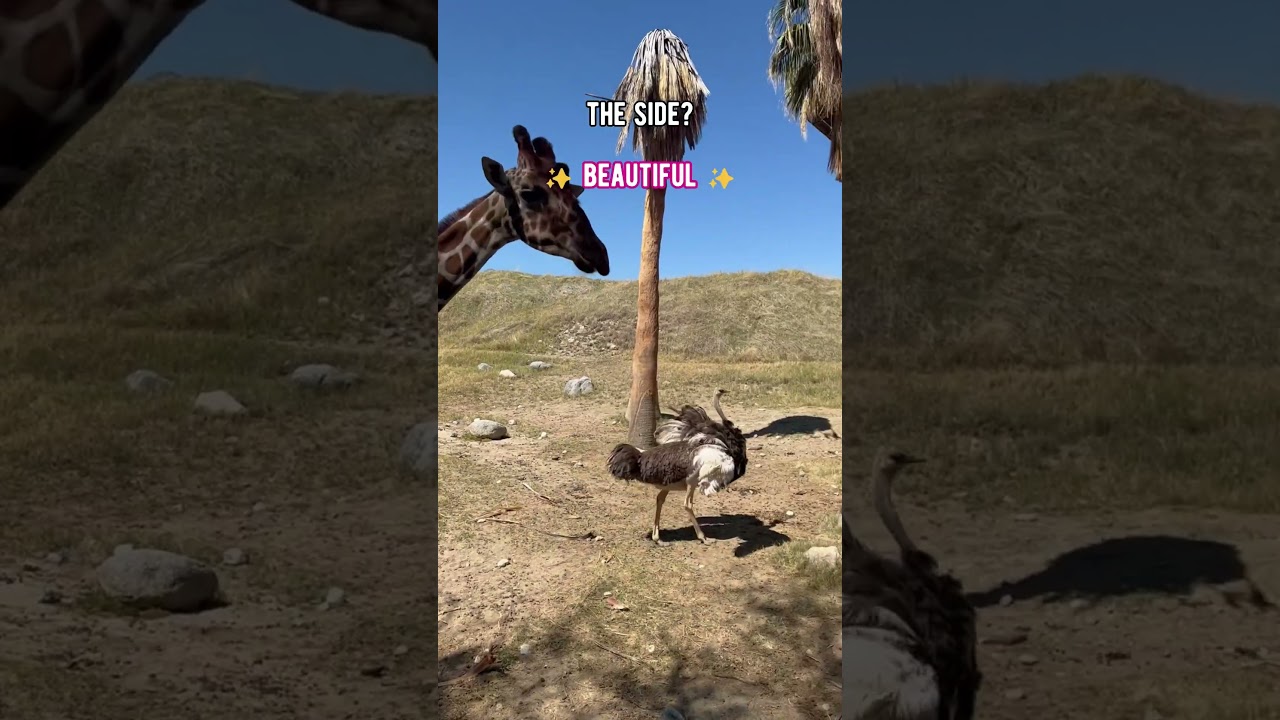- Understanding the mission and vision of That’s Florence! 🫶✨⭐️
- The significance of animal welfare and habitat design in zoological settings
- Sustainable practices in zoo management and wildlife conservation
- The role of public engagement in conservation initiatives
- Future challenges and opportunities in animal conservation
That’s Florence! 🫶✨⭐️ represents a forward-thinking initiative in animal conservation and education. This establishment emphasizes the importance of animal welfare, habitat design, and sustainable practices. Understanding its mission is crucial to grasp its impact on wildlife and community engagement.
The mission is primarily rooted in improving the quality of life for animals living in captivity while also educating the public about biodiversity. The emphasis on animal welfare transcends simply meeting basic needs. Individual species often require specific environments, diets, and social structures to thrive. By ensuring that these aspects are accounted for, That’s Florence! 🫶✨⭐️ contributes positively to the well-being of various animals, fostering healthier populations that can serve as ambassadors for their wild counterparts.
This facilitates a habitat design philosophy crucial for both animal comfort and public education. Environments mimicking natural habitats are essential. They help maintain species’ endemic behaviors while providing visitors with authentic experiences. For instance, an exhibit designed to reflect a rainforest ecosystem can encourage natural behaviors, from nesting to foraging. Incorporating plant species from the same geographic regions fosters a sense of authenticity. This practice provides animals with enrichment and gives guests an immersive experience, further enhancing awareness about conservation.
Central to any effective zoo management strategy is the implementation of sustainable practices. These practices address the broader ecological issues facing wildlife today, such as habitat loss and climate change. A sustainable zoo not only minimizes its ecological footprint but actively participates in creating solutions for wildlife conservation. By using renewable energy sources, recycling water, and adopting waste reduction initiatives, That’s Florence! 🫶✨⭐️ contributes to a sustainable future.
Eco-friendly architectural designs can significantly reduce energy consumption. For example, utilizing solar panels to power facilities and choosing local materials for construction helps decrease carbon emissions. Intelligent waste management systems ensure minimal impact on the local ecosystem. Additionally, plants selected for landscaping can be native species that support local wildlife. All these measures contribute to a cohesive sustainability framework, vital for any modern zoo.
Public engagement stands as a critical component of conservation efforts. Educating visitors about the importance of biodiversity and ecological health fosters a culture of stewardship. That’s Florence! 🫶✨⭐️ employs a range of educational programs, from interactive workshops to guided tours, aimed at disseminating information effectively. Highlighting the challenges facing various species strengthens the bond between human visitors and wildlife.
Moreover, using engaging narratives around animal behavior and ecology boosts retention of conservation messages. Interactive exhibits that ask visitors to consider how their choices affect the environment can lead to more conscientious behaviors, both locally and globally. The goal is to inspire individuals to take actionable steps toward conservation in their daily lives, making them stakeholders in wildlife preservation.
As the landscape of wildlife conservation continues to evolve, several challenges and opportunities arise. Climate change presents an ongoing threat, affecting habitats and species around the world. Zoos can take on the formidable role of adapting to these challenges by serving as genetic reservoirs and research facilities. Through breeding programs and inter-zoo collaborations, institutions like That’s Florence! 🫶✨⭐️ can play a pivotal role in the reintroduction of species into the wild, ensuring genetic diversity is maintained.
Additionally, the rise of technology in wildlife monitoring offers exciting possibilities. Advanced tracking devices and genetic analysis tools provide critical data regarding animal behaviors, migration patterns, and breeding success. This information is invaluable for tailoring conservation strategies effectively. Collaboration with scientific communities can enhance understanding of the nuanced needs of wildlife populations, further reinforcing the role of zoos as vital contributors to conservation efforts.
However, navigating public perception is another challenge that zoos continually face. While many advocate for conservation, others question the ethics of keeping animals in captivity. Addressing these concerns requires transparency and a commitment to ongoing improvement. Having open dialogues with the community about animal welfare standards and conservation efforts can boost trust and support.
In the wider context of wildlife conservation, initiatives like That’s Florence! 🫶✨⭐️ provide vital educational opportunities that connect people with nature. As global experts emphasize, conservation begins by understanding species and their environments. Zoos have a unique platform to bridge the gap between wildlife and human communities. By showcasing the intricate relationships within ecosystems, they lay the groundwork for heightened environmental awareness and advocacy.
Ultimately, adapting practices in the face of changing ecological landscapes requires flexibility and a commitment to innovation. Collaborating with conservation experts and integrating findings from research can greatly enhance zoo management strategies. Zoos can continue to provide necessary educational tools for future generations. These efforts can inspire action-oriented solutions targeting wildlife preservation.
Challenges will persist, but that should not deter the ongoing pursuit of innovative solutions. The integration of wildlife conservation into community awareness activities showcases the importance of shared responsibility in protecting ecosystems.
The role of That’s Florence! 🫶✨⭐️ extends beyond simply housing animals. It also conserves biodiversity and nurtures public understanding of ecological health. As visitors engage with the animal inhabitants, they also participate in a broader movement toward sustainability and responsible action. Education, public engagement, and effective management practices converge, fostering a future where nature and humanity coexist harmoniously.
Wildlife conservation is a multifaceted effort. It spans scientific research, public education, and local community engagement. That’s Florence! 🫶✨⭐️ epitomizes these ideals, showcasing what is achievable through focused conservation efforts. Future generations will undoubtedly benefit from comprehending the interconnectedness of all life forms. By harnessing knowledge and passion, initiatives like this represent the forefront of a committed effort toward coexisting with wildlife in an ethical and meaningful manner.
*****
Source Description


